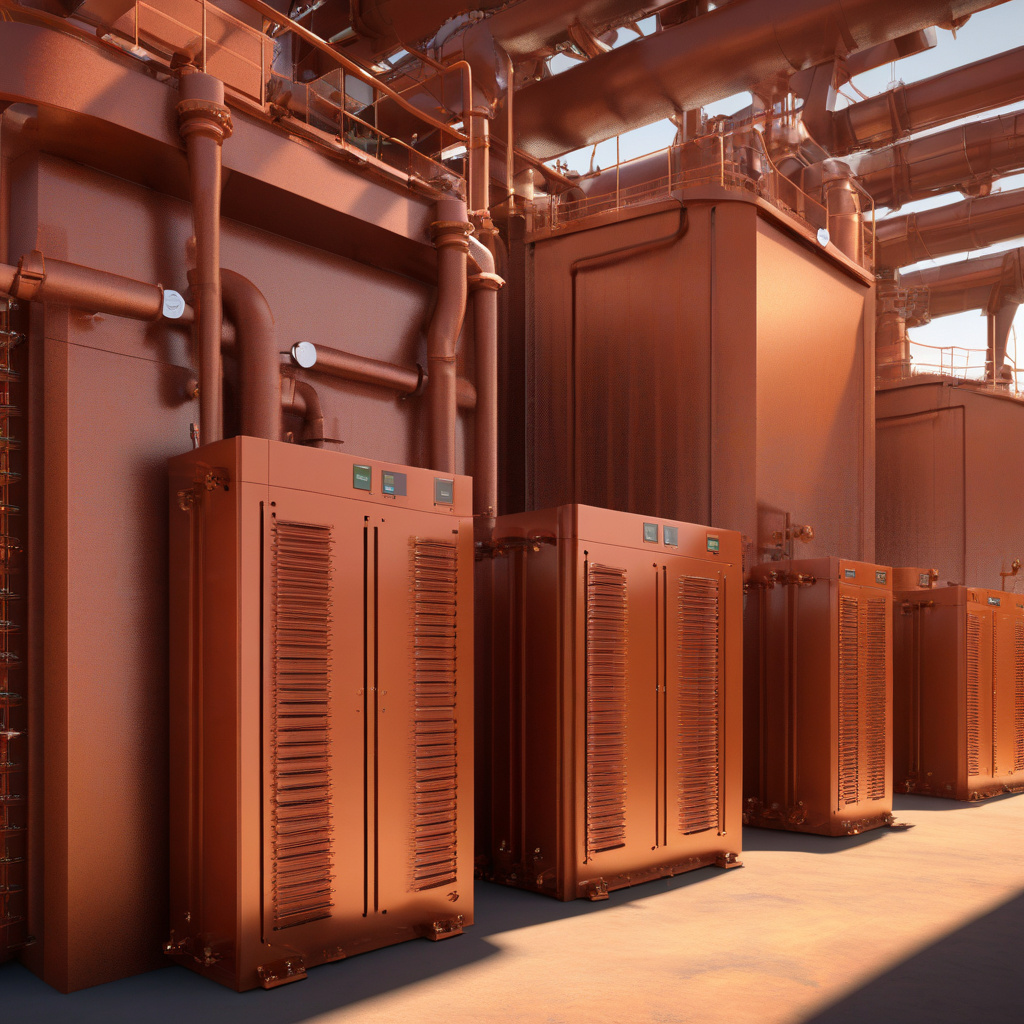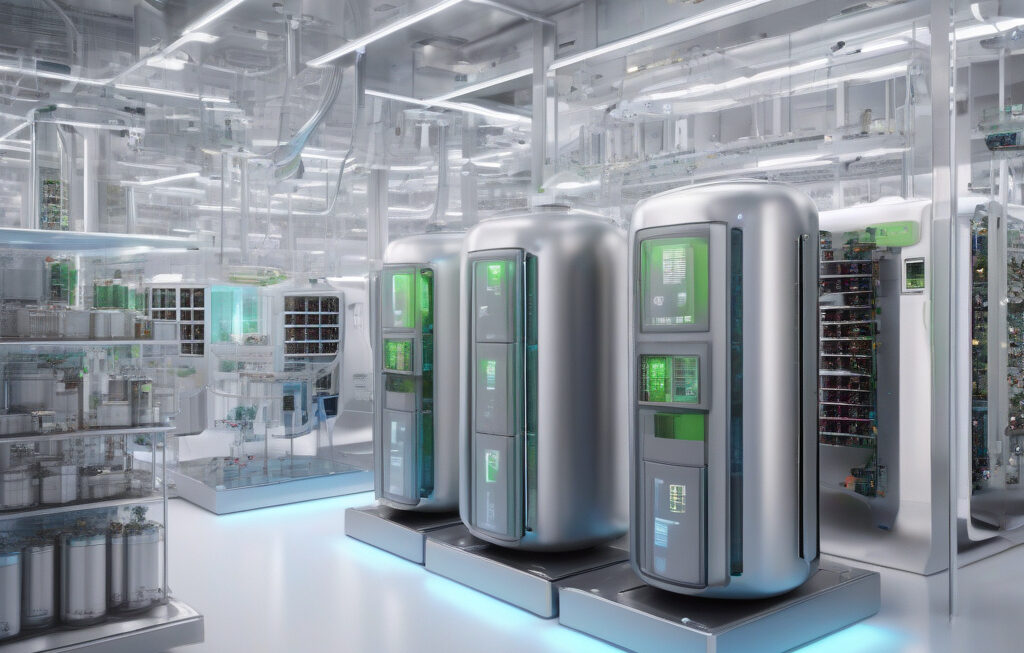Game-Changing Rust Battery to Deliver 100-Hour Backup in California’s Grid by 2026
California is preparing to test an unconventional battery system that could provide clean power for an unprecedented 100 hours in its grid by the year 2026. This innovative technology involves the use of a “rust” battery, which has the potential to revolutionize the energy storage sector and address the challenges associated with renewable energy sources such as solar and wind power.
Traditional lithium-ion batteries, while effective in storing energy for short periods, face limitations when it comes to long-term storage and grid stability. The rust battery, on the other hand, offers a promising solution to this problem. By utilizing iron and air to store energy, this novel battery technology can potentially store energy for extended periods, making it a game-changer in the field of energy storage.
One of the key advantages of the rust battery is its cost-effectiveness. Iron, which is abundantly available and inexpensive, serves as the core component of this battery technology, making it a more affordable option compared to traditional lithium-ion batteries. This cost advantage could significantly drive down the overall cost of energy storage, making renewable energy sources more competitive in the energy market.
Moreover, the rust battery is also environmentally friendly. Unlike lithium-ion batteries that rely on rare earth metals and can be harmful to the environment if not disposed of properly, the rust battery poses minimal environmental risks. This aligns with California’s commitment to reducing its carbon footprint and transitioning to a more sustainable energy system.
In addition to its cost-effectiveness and environmental benefits, the rust battery also offers scalability. The ability to store energy for 100 hours could potentially transform the way renewable energy is integrated into the grid. By providing long-duration storage, this technology can help mitigate the intermittency issues associated with solar and wind power, ensuring a more stable and reliable energy supply.
The implications of the rust battery extend beyond California. As the world grapples with the challenges of climate change and seeks to transition to a low-carbon economy, innovative energy storage solutions like the rust battery can play a crucial role in accelerating this transition. By enabling greater integration of renewable energy sources into the grid, this technology can help reduce greenhouse gas emissions and pave the way for a more sustainable energy future.
As California gears up to test the rust battery and explore its potential impact on the grid, the energy storage sector is poised for a significant transformation. If successful, this game-changing technology could set a new standard for long-duration energy storage and inspire further innovations in the field. The rust battery represents a beacon of hope in the quest for a clean, reliable, and sustainable energy system.
In conclusion, the development of the rust battery marks a significant milestone in the journey towards a greener and more resilient energy grid. With its potential to deliver 100-hour backup power, this innovative technology has the power to reshape the energy storage landscape and usher in a new era of clean energy. As California leads the way in testing this game-changing battery system, the world watches with anticipation to see the impact it will have on the future of energy storage.
California, Rust Battery, Energy Storage, Renewable Energy, Sustainable Future












